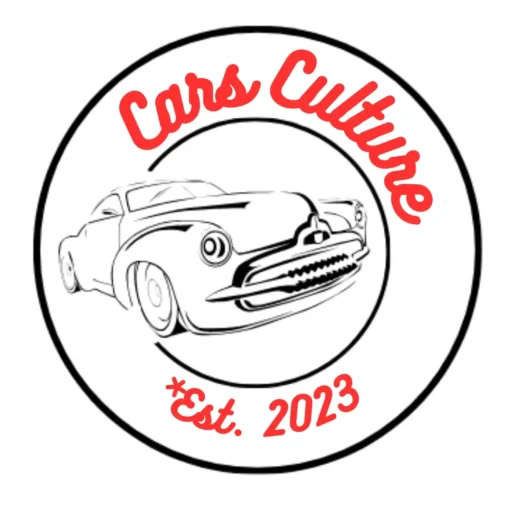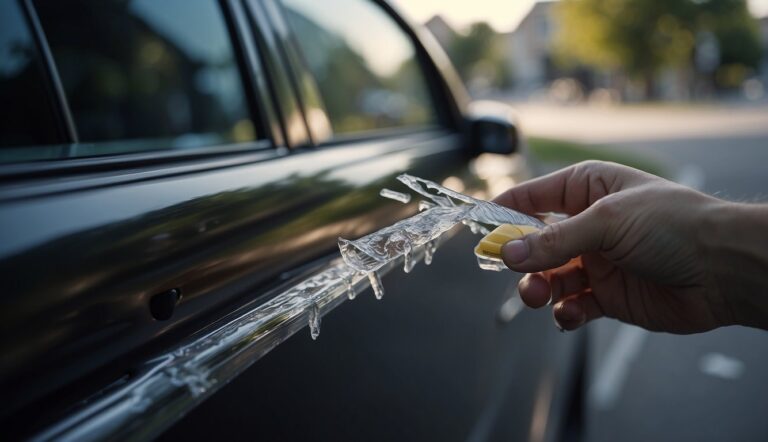Towing a car with a truck is a practical skill that comes in handy when a vehicle breaks down or needs to be transported. Before attempting this task, it’s essential to understand the proper techniques, equipment required, and safety measures, so the process goes smoothly and without any hiccups.
How to Tow a Car with a Truck

The first step in towing a car with a truck is to evaluate the towing capacity and compatibility of both vehicles. This ensures that the truck can safely tow the car, preventing potential accidents or damage. Aside from this, choosing the appropriate towing equipment, such as a tow dolly, tow bar, or trailer, is crucial.
When it comes to safety, proper installation of towing equipment is a must. This involves securing the car on the chosen equipment, attentively following the manufacturer’s guidelines and local regulations. The driver also has to adjust their driving style to accommodate the additional weight and size of the towed vehicle.
Preparing for Towing
Before towing a car with a truck, it’s essential to prepare properly by assessing your truck’s towing capacity, choosing appropriate towing equipment, and setting up the tow hitch and safety chains.
Assessing the Towing Capacity
The first step in preparing to tow a car is to determine your truck’s towing capacity. It’s crucial to avoid exceeding this limit, as doing so can damage both your towed vehicle and the towing truck. The towing capacity can be found in the vehicle’s owner manual or on the manufacturer’s website. Consider factors such as engine size, transmission type, axle ratio, and suspension system when determining your truck’s towing ability. Towing capacity is determined by the Gross Combined Weight Rating (GCWR) minus the Gross Vehicle Weight Rating (GVWR) for the towing vehicle, as explained by CarMax.
Choosing Appropriate Towing Equipment
The next step is selecting the proper towing equipment for your specific vehicle transport needs. There are various towing methods, such as using tow bars, tow dollies, or car trailers. For front-wheel drive vehicles, tow dollies are often recommended, as they lift the front wheels off the ground. Rear-wheel drive vehicles may require car trailers or tow bars. It’s essential to choose towing equipment that is compatible with your vehicle’s weight, transmission type, and drivetrain. Use towing mirrors for better visibility during transport and check that the towed vehicle’s parking brake has been disengaged.
Setting Up the Tow Hitch and Safety Chains
Once you have determined your truck’s towing capacity and chosen suitable towing equipment, set up the tow hitch and safety chains. Attach the tow bar to the towed vehicle following the guidelines provided by YourMechanic Advice. Make sure the hitch ball on your towing truck matches the coupler size of the towed vehicle, and that all connections are secure and tight.
Connect the safety chains to the towing truck’s hitch, ensuring they cross underneath the hitch and tow bar. The chains should be taut but have enough slack to allow necessary turning movements. Finally, connect the towed vehicle’s lighting system to the towing truck using the appropriate connector. This ensures brake lights and turn signals are synchronized with the towing vehicle for enhanced safety on the road.
By following these guidelines when preparing for towing, you can maximize safety and avoid potential risks or damages during vehicle transport.
Executing the Tow

Connecting the Car to the Truck
When towing a car with a truck, it is vital to choose the proper equipment for the task. There are various options, such as using a tow bar, trailer, or dolly. A tow bar connects the car directly to the truck, while a trailer supports the entire weight of the car off the ground. A dolly, on the other hand, supports only the front wheels, leaving the rear wheels on the road. When selecting equipment, consider the car’s weight and the truck’s towing capacity as specified on the specification sticker.
To connect the car to the truck using a tow bar, attach the brackets to the car first, then securely slide the bolts through the ends of the tow bar. Be sure to use washers and nuts corresponding to the bolt size. For trailers or dollies, follow the provided instructions and ensure everything is properly secured.
Ensuring Vehicle Safety and Security
Before towing, take necessary precautions to ensure safety and security. Begin by engaging the emergency brake on both vehicles and checking all fluid levels.
Use vehicle security chains and ratchet straps to keep the car in place. Place wheel chocks around the car’s wheels to prevent rolling. For rear-wheel drive cars, disconnect the driveshaft to avoid transmission damage.
Attach the car’s brake lights to the truck to ensure clear communication with other drivers. Check the maximum load of the truck and ensure it can handle the car’s weight. Use loading ramps if necessary to ease the process.
Towing Best Practices
Follow these best practices for a safe and efficient towing experience:
- Drive slowly and cautiously: Accelerate and decelerate at a gradual pace to avoid swaying or jerking.
- Maintain a safe distance from other vehicles: Increase the following distance to allow more time to react to potential road issues.
- Plan moves and projects ahead of time: Schedule adequate breaks and choose routes that accommodate towing. Avoid sharp turns, narrow streets, and steep hills if possible.
- Inspect both vehicles regularly: During the journey, make routine stops to check for any changes in the connection or load.
By adhering to these practices and the aforementioned steps, towing a car with a truck can be a straightforward and efficient experience.
Frequently Asked Questions

What equipment is needed to safely tow a car with a truck?
To tow a car safely with a truck, you’ll need the right equipment such as a tow dolly, tow bar, or a trailer. Additionally, ensure you have safety cables, tow lights, and a properly rated hitch. Make sure to check your truck’s towing capacity and the weight of the car to be towed to avoid overloading.
What are the legal considerations for towing a car with a truck?
Legal requirements for towing a car with a truck vary by state or country. Vehicle weight and towing methods might affect permits and breakaway requirements. Ensure that you have appropriate safety equipment like tow lights and safety cables in place. Familiarize yourself with local towing laws, load limits, and speed requirements.
Should the steering wheel be locked when flat towing a vehicle?
No, the steering wheel should not be locked when flat towing a vehicle. This allows the towed vehicle to turn its wheels when going around bends. If the steering wheel is locked, you risk causing damage to the vehicle’s tires, suspension, or steering components.
How do you properly tow an automatic car with a truck?
Towing an automatic car with a truck can be challenging, as not all automatic vehicles can be flat towed. Consult the vehicle manufacturer’s guidelines to determine if your vehicle can be flat towed or if you need to use a tow dolly or trailer. Always follow the manufacturer’s instructions for towing an automatic car, as improper towing methods can damage the transmission.
What are the steps to tow a car long distance with a truck?
When towing a car long distance, follow these steps:
- Choose the appropriate towing equipment.
- Attach the tow bar, dolly, or trailer to your truck.
- Load the car onto the tow equipment and secure it properly.
- Connect safety cables and tow lights.
- Adjust mirrors and perform a pre-trip inspection.
- Drive cautiously, allowing extra distance for braking and turns.
- Regularly monitor the towed car during the trip for any issues.






